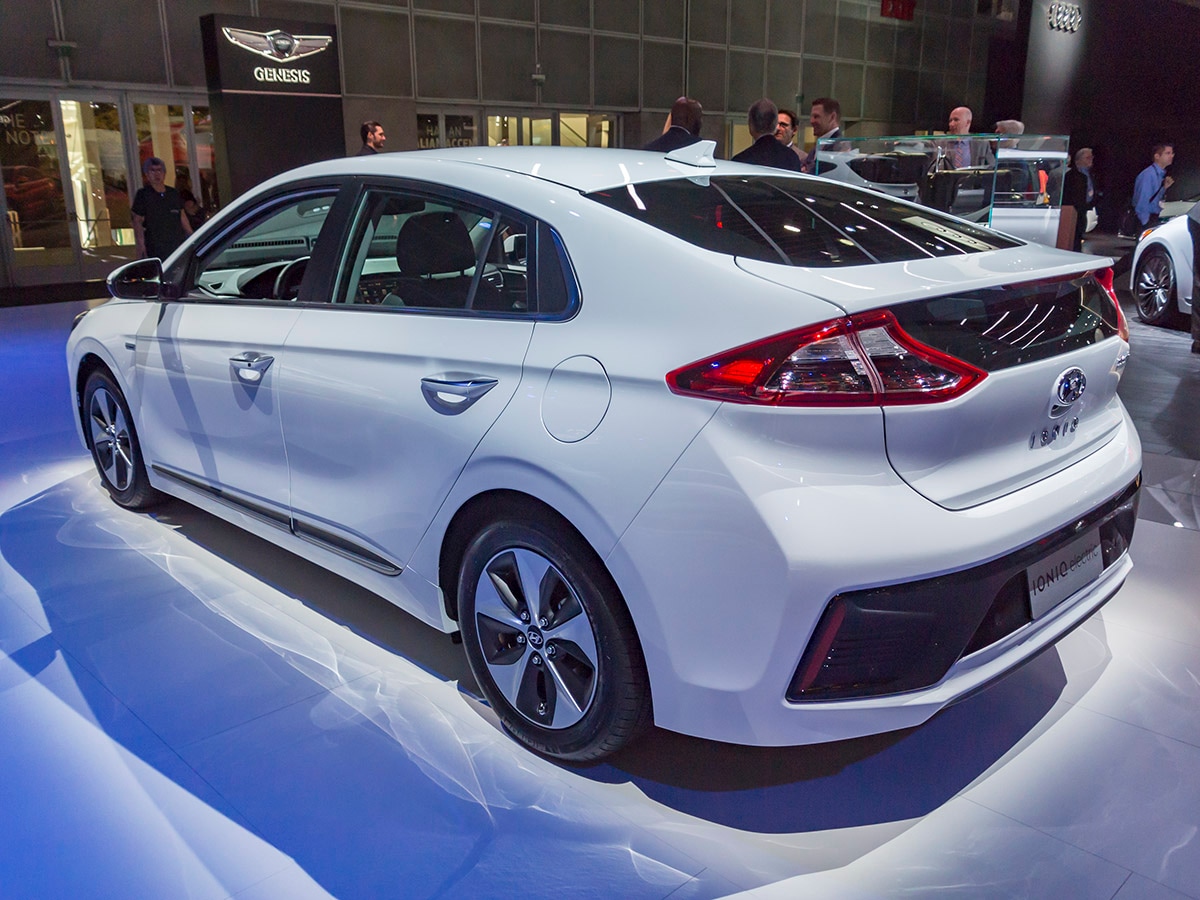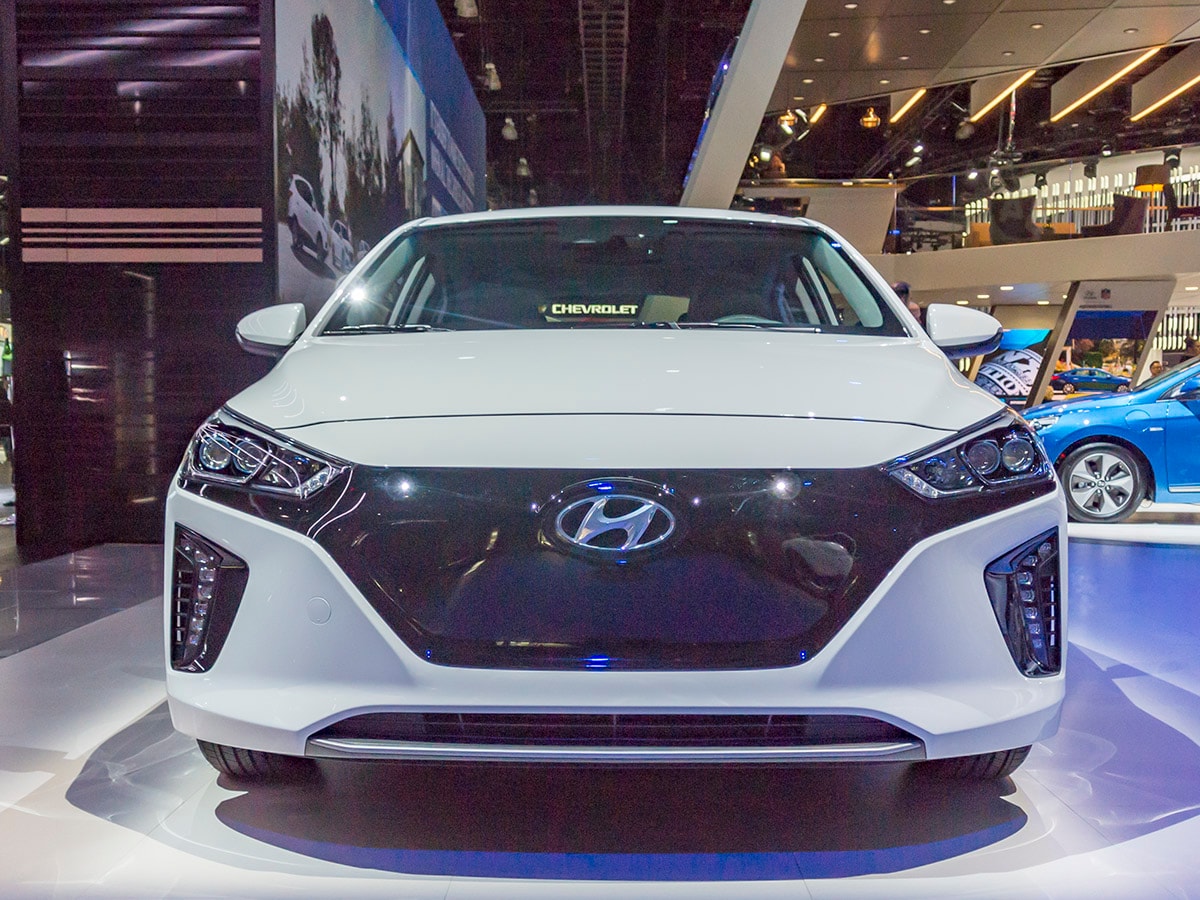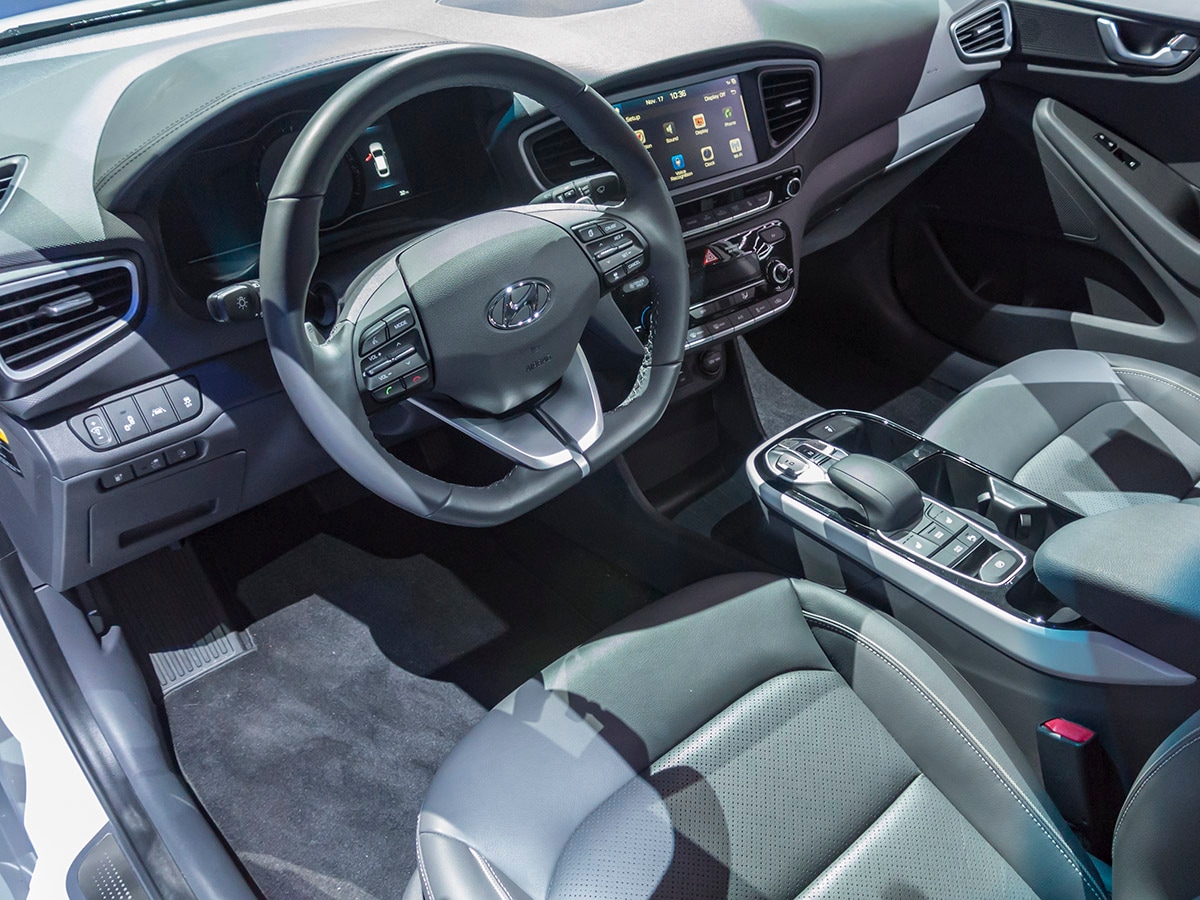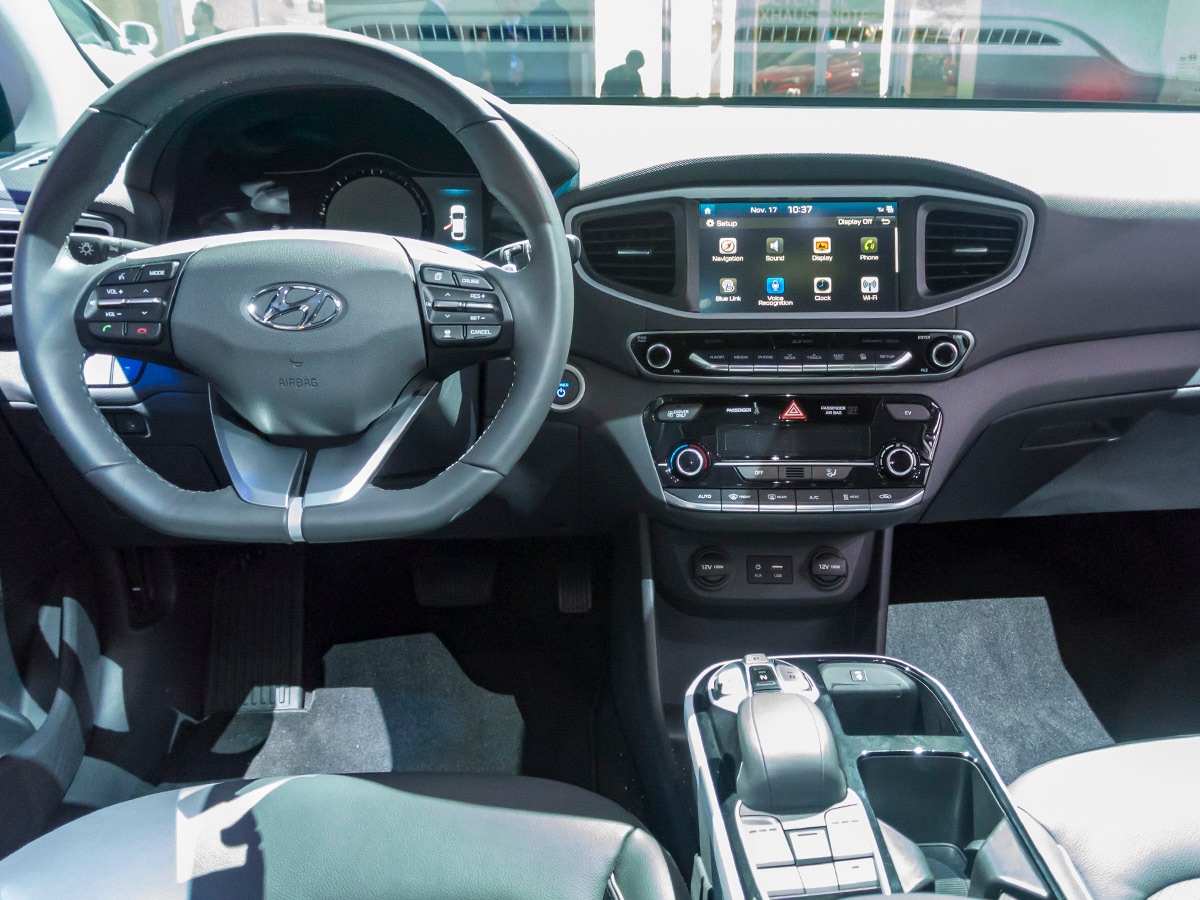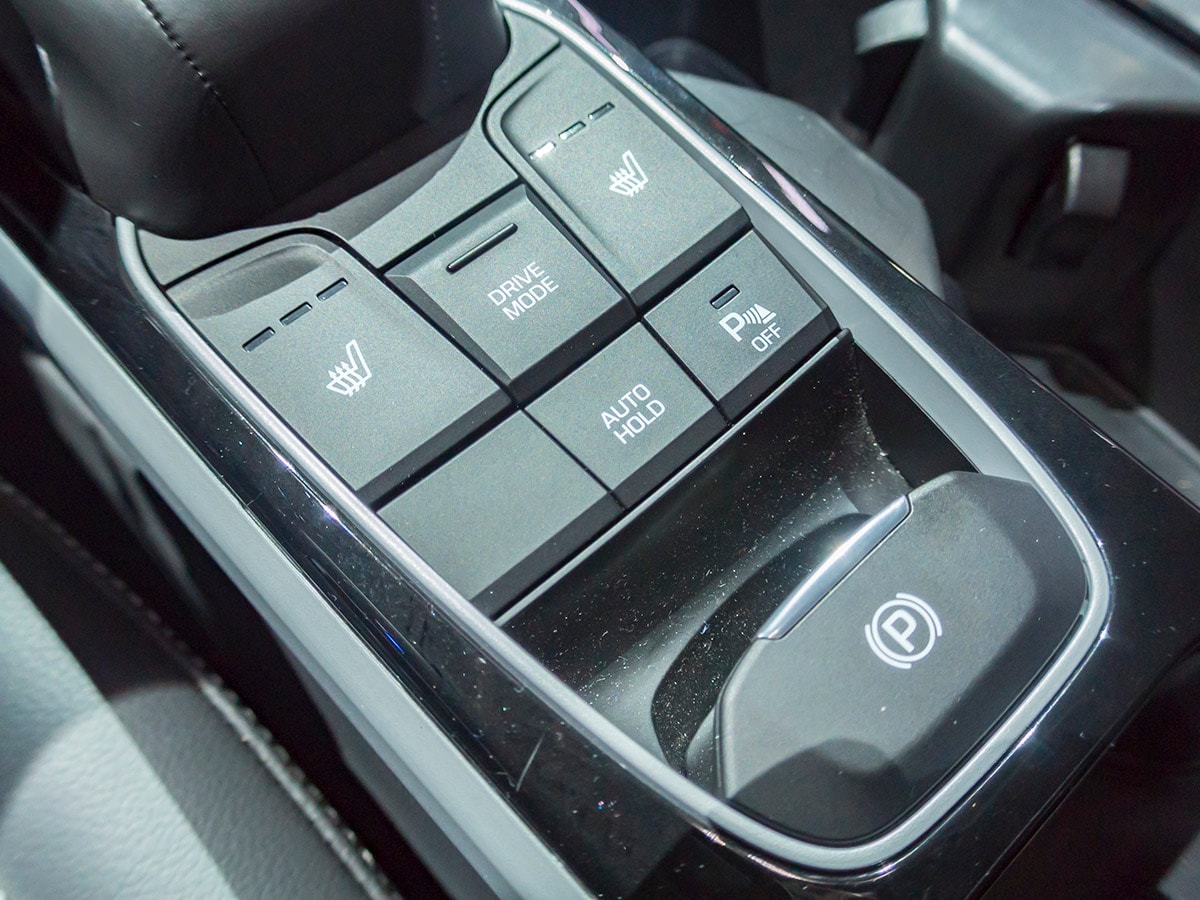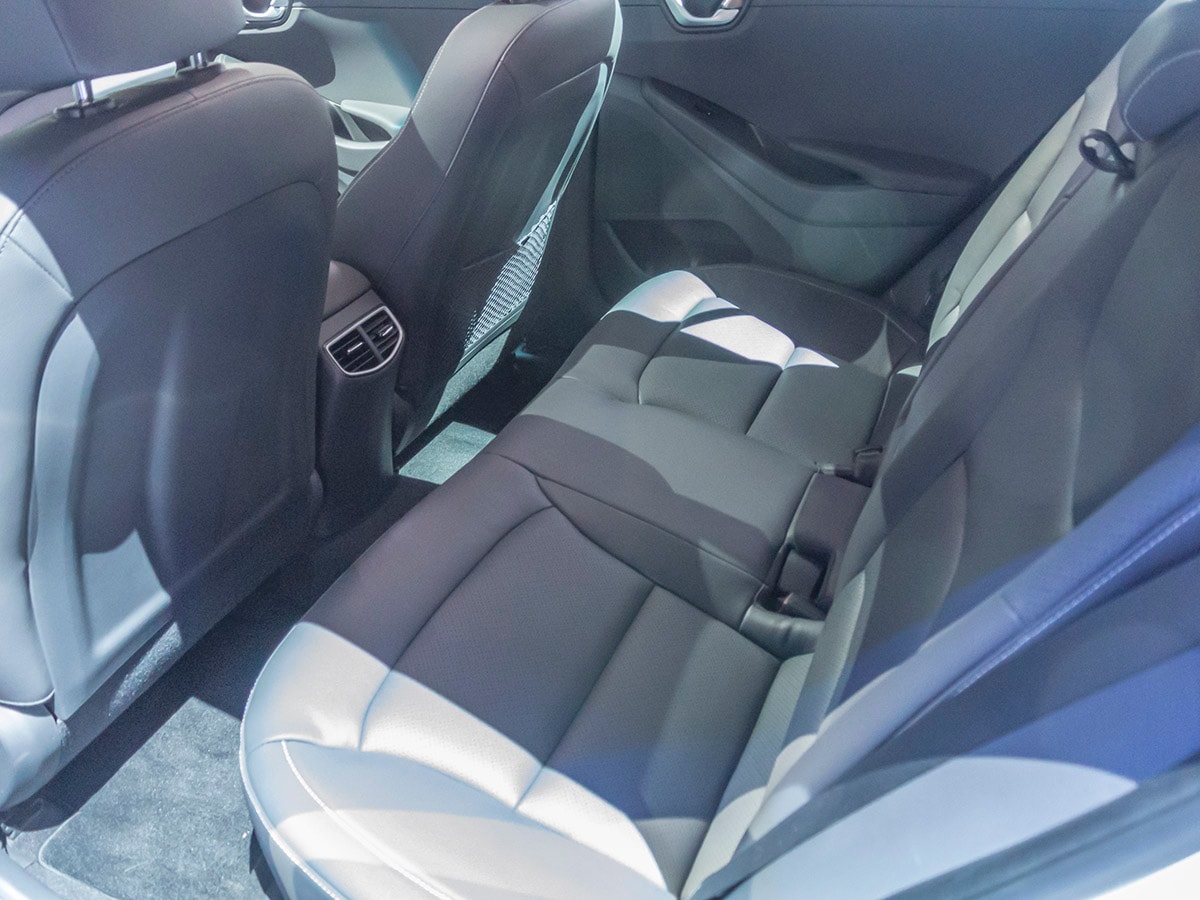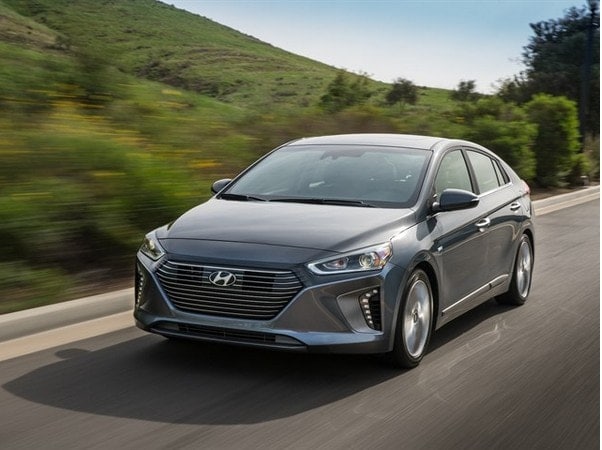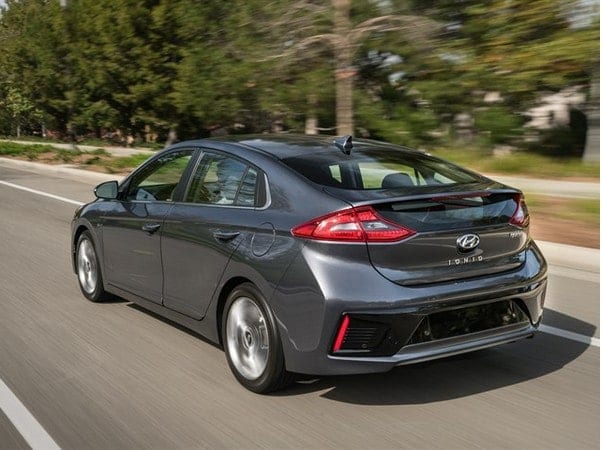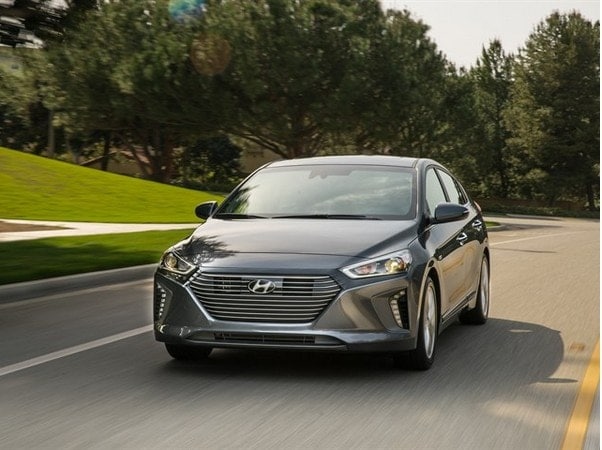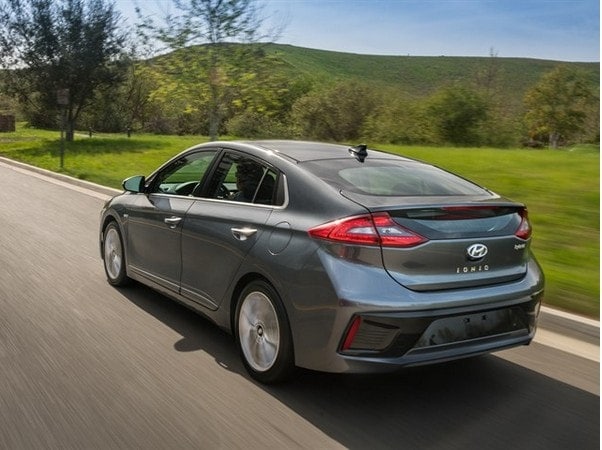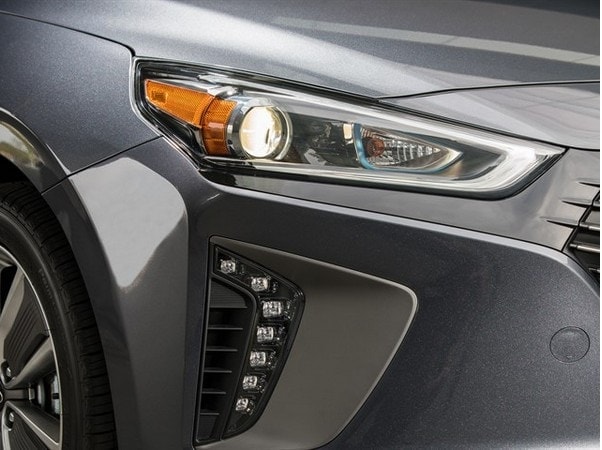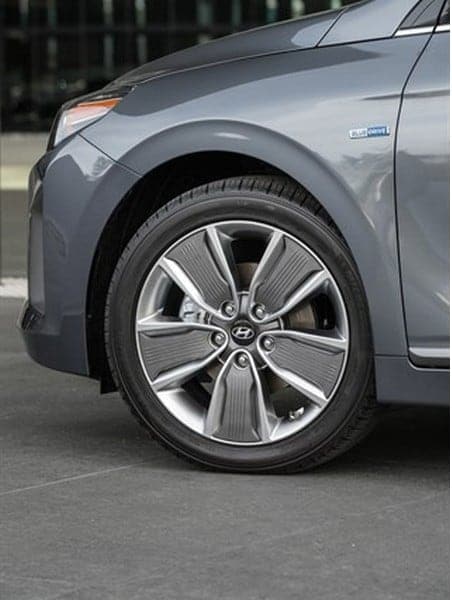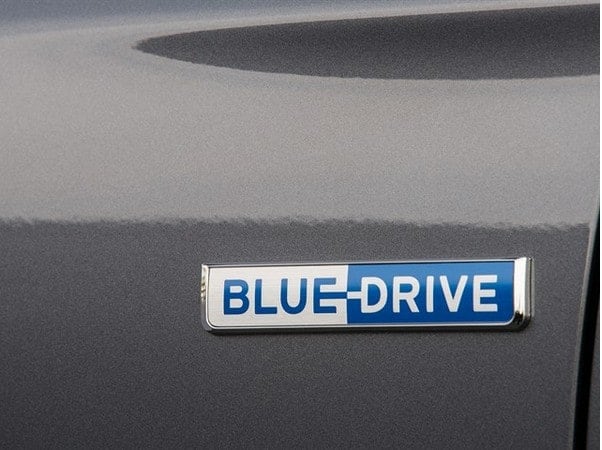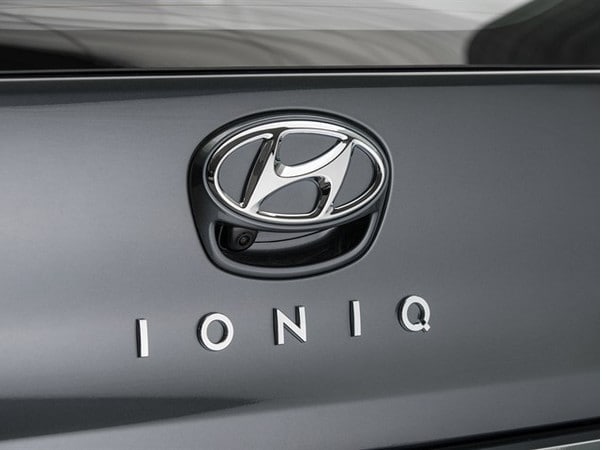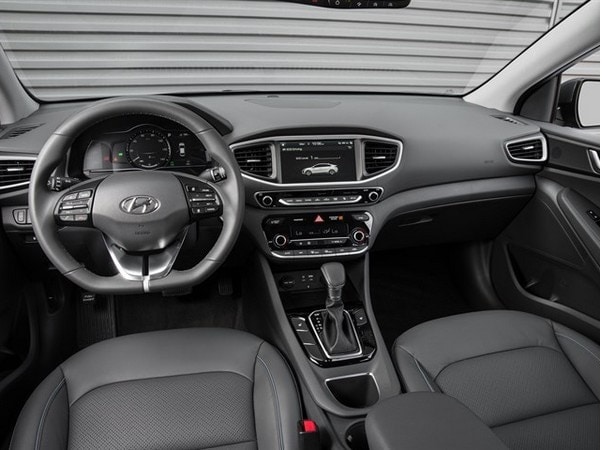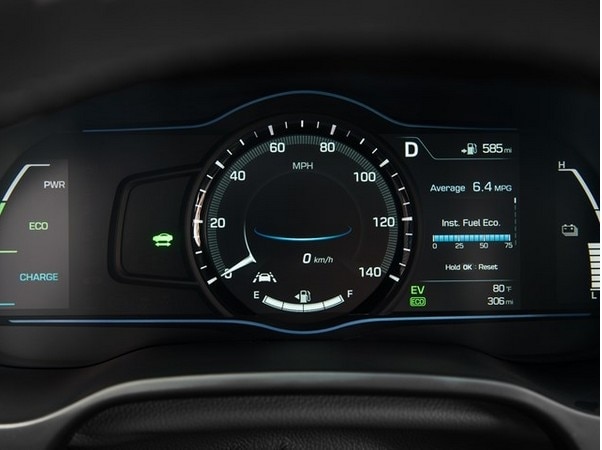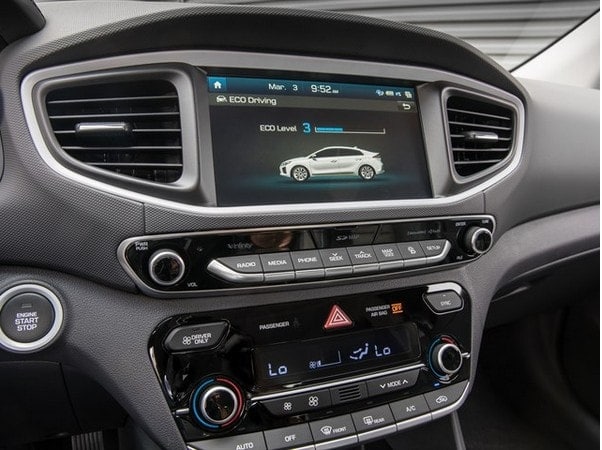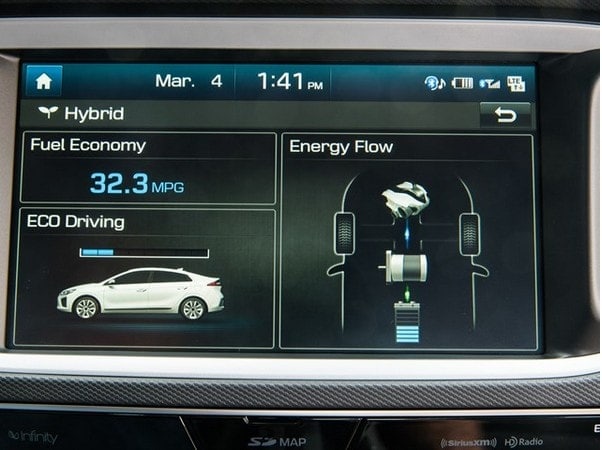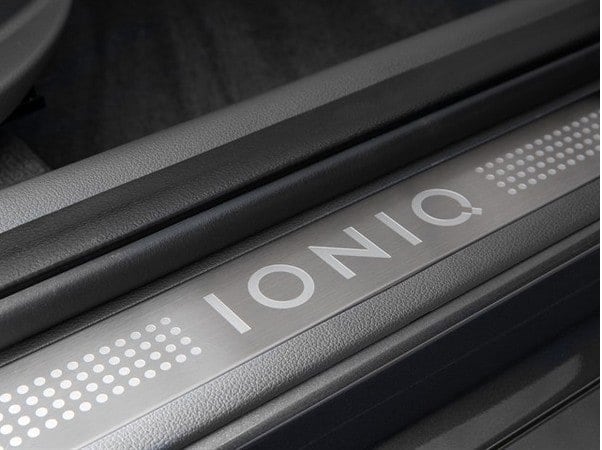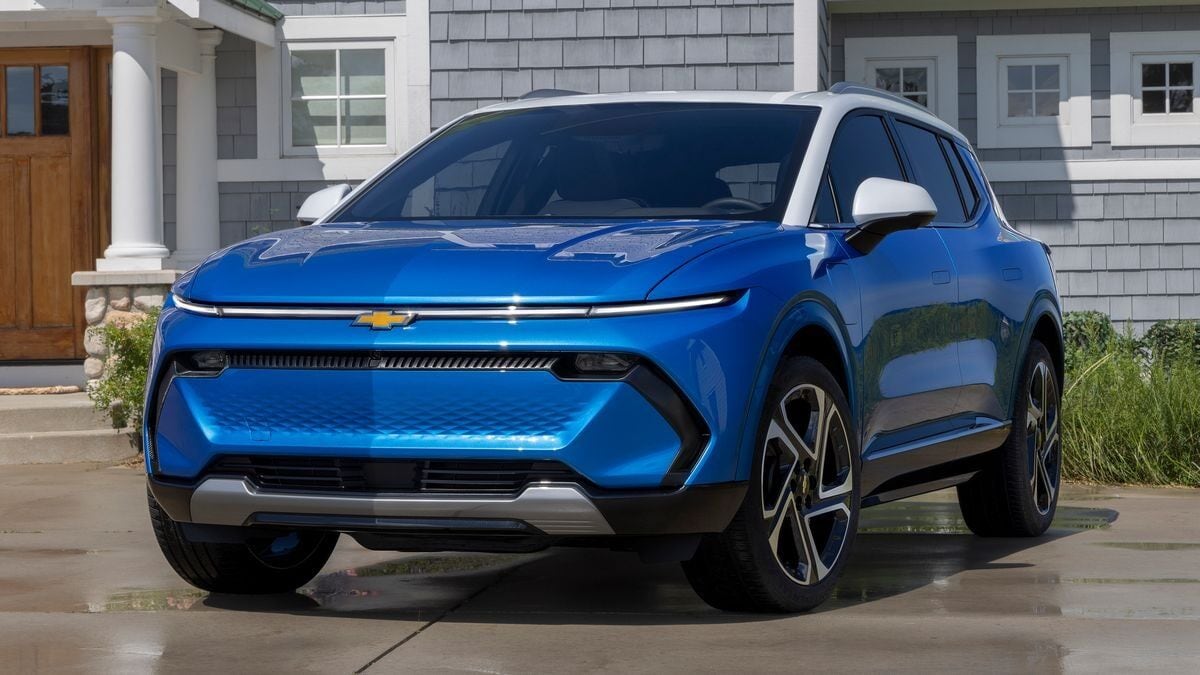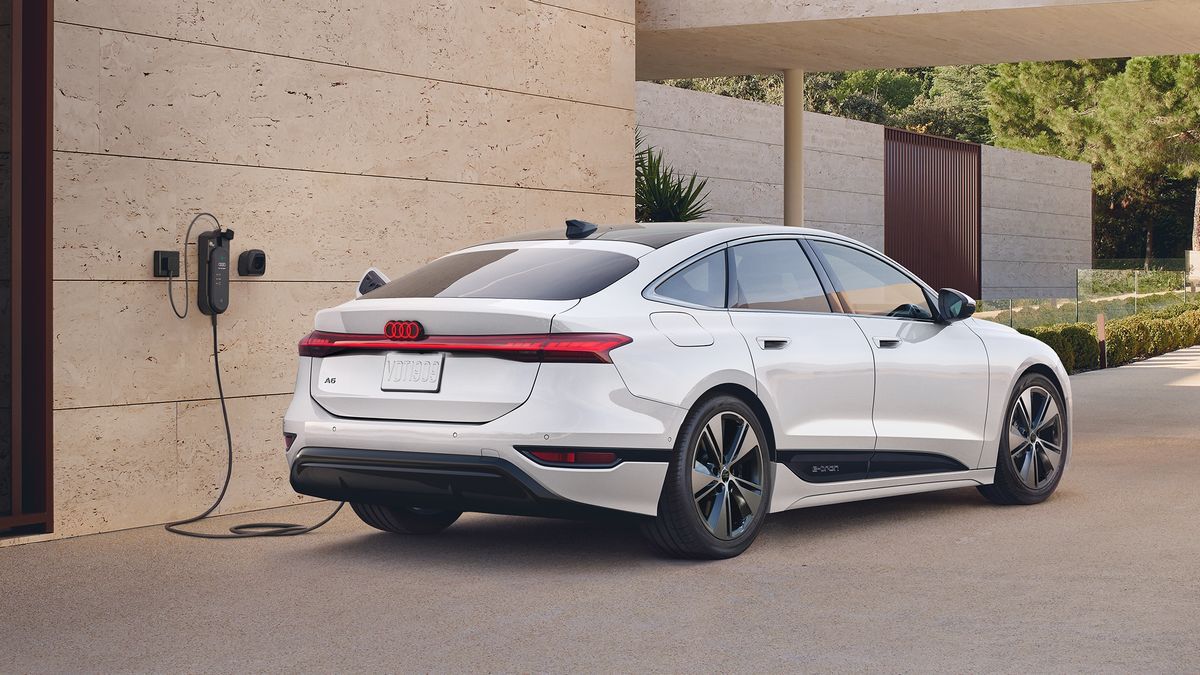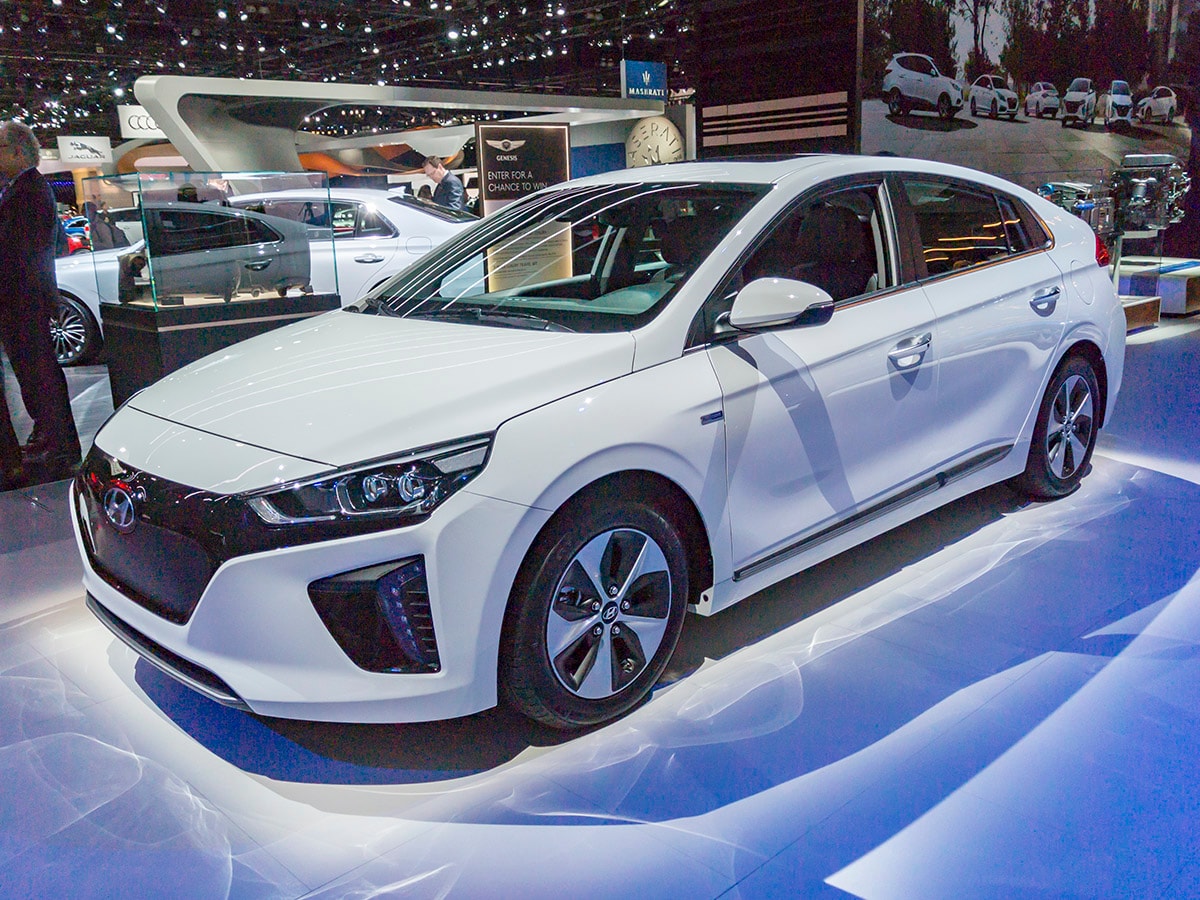
Fuel prices continue to be low, crossover sport utilities and pickup trucks dominate the sales charts, and electro-intensive fuel sippers go begging to the tune of a 2.79 share of the total light vehicle market. Nevertheless, anticipating increased interest from millennials, Hyundai is doubling down on its green commitment with the Ioniq, a compact sedan that will offer a choice among three alternative propulsion systems: a pure electric, conventional gasoline-electric hybrid, and plug-in hybrid.
All will be built in Korea, and all will be on sale within a month on their home turf. The Ioniq will join the Sonata hybrid and plug-in hybrid (PHEV) as Hyundai expands its green menu, but differs from its bigger cousins in that it’s a model range dedicated to alternative powertrains, rather than an adaptation of an existing vehicle. Similar in size to the Elantra, the Ioniq’s architecture is unique.
The name, incidentally, is an acronym for “ion unique.”
Hyundai revealed the Ioniq at last February’s New York auto show. But on the eve of the upcoming Los Angeles show, the company revealed a number of hitherto unknown details adding that by 2020 there will be 28 green vehicles on its product roster. The company also hints that the Ioniq could be at the center of Hyundai’s self-driving technology in the future. But that’s another story.
EV first
The pure EV version of the Ioniq will be the first of the trio to reach showrooms, late this year, as a 2017 model. Details: the Ioniq EV will employ a 28 kilowatt-hour lithium polymer battery pack sending juice to a 118-horsepower electric motor via a 6-speed dual-clutch automatic transmission (replete with paddle shifters) driving the front wheels. The EV will also offer three driving modes—Normal, Eco, and Sport.
Hyundai predicts a maximum range of 124 miles—well short of Chevrolet’s 200-plus-mile claim for its new Bolt—but with a much higher fuel economy equivalency rating from the EPA: 134 MPGe city, 136 highway, versus 128/110.
Also: Class of 2017 – New Cars Ready to Roll
An interesting battery footnote: confident in the robust nature of the lithium-polymer battery pack, Hyundai’s warranty will cover it for the life of the vehicle. This applies to all three Ioniq variants, a first in the electrified car business.
Hyundai is also proud of the EV’s aerodynamic efficiency—its coefficient of drag (Cd) value is just 0.24—and its roomy interior, capable of accommodating five passengers, as distinct from four for Toyota’s Prius Prime. Final footnote: Hyundai will make the Ioniq EV available in all 50 states, rather than just the 11 subscribing to California Air Resources Board (CARB) zero emissions standards.
Ioniq Hybrid
Due to reach showrooms “within a couple months” of the EV, according to Hyundai, the design of the Ioniq Hybrid is reminiscent of the approach Honda pioneered with its original insight: electric motor sandwiched between the gasoline engine and transmission.
The engine here is a 1.6-liter member of Hyundai’s 4-cylinder Kappa family, a long stroke design (72 mm bore, 97 mm stroke) with direct injection fed by a high pressure (2,900 psi) fuel system and operating on regular gas. Like the other members of the Ioniq trio, the Hybrid channels power to its front wheels through a 6-speed dual-clutch automatic (DCT).
Related: See the other cars and concept vehicles unveiled at the 2016 LA Auto Show
Obviously designed for fuel efficiency, the 1.6 is a low revving Atkinson cycle engine, rated for 103 horsepower. A 43-hp electric motor adds drive power on demand—Hyundai did not specify total system output—and also functions as a generator when it’s not contributing thrust, replenishing the 1.56-killowatt-hour battery pack.
Hyundai predicts EPA fuel economy ratings of 57 mpg city, 59 highway, which compares favorably with the Prius, rated 54/50 and even the plug-in Prime, which is rated at 55/53.
Ioniq PHEV
Like the Hybrid, primary propulsion for the plug-in is Hyundai’s 1.6-liter Kappa four, with the same power rating. However, its electric motor produces 60 hp, and its 8.9 kw/h battery pack is capable of providing pure electric propulsion for up to 27 miles.
Exceptional aerodynamic efficiency—the coefficient of drag (Cd) is just 0.24—and the cutting edge hybrid system will give the plug-in Ioniq a theoretical range of over 600 miles on one tank of fuel.
The PHEV Ioniq will be a late arrival, reaching U.S. dealers in the third quarter of 2017. Hyundai gave no hints on pricing, of course, but it makes sense to compare the various Ioniqs with key competitors—Nissan Leaf, Chevy Bolt, Toyota Prius, and Prius Prime.
